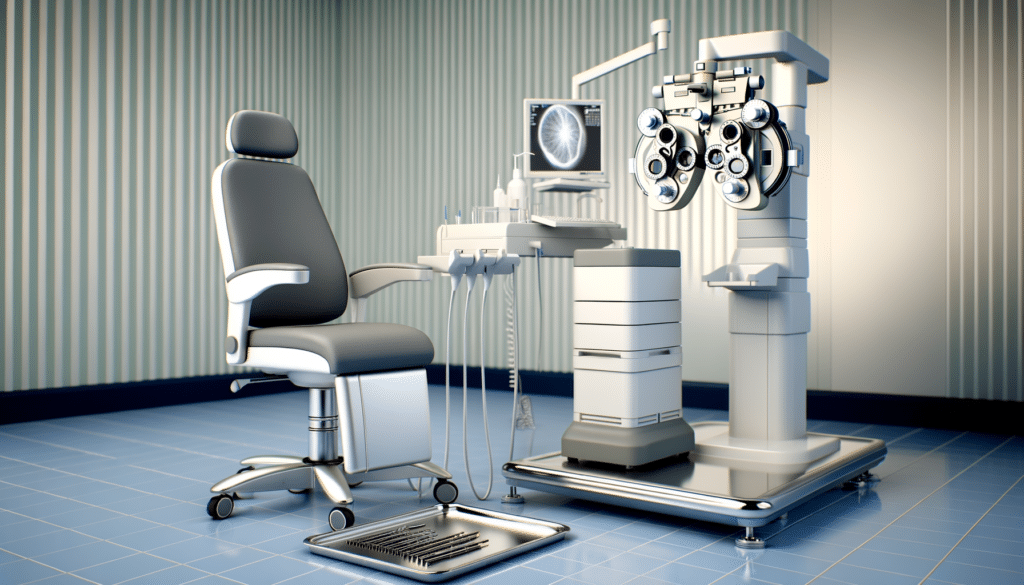Benefits of Laser Eye Surgery
For many, laser eye surgery offers a significant improvement in quality of life. One of its primary benefits is the dramatic reduction or complete elimination of the need for corrective eyewear. This can enhance personal convenience, boost confidence, and expand the range of activities one can participate in without the worry of losing or damaging glasses. Many who undergo this procedure report improved vision immediately or within a few days, allowing for a swift return to daily activities. Moreover, technological advancements have made these surgeries highly precise and customizable, catering to individual visual needs and conditions.
Potential Risks and Considerations
As with any surgical procedure, laser eye surgery carries some risks and potential complications. Common side effects may include dry eyes, glare, halos around lights, and fluctuating vision. While severe complications are rare, it is crucial for individuals considering the surgery to undergo a thorough evaluation by a qualified eye surgeon. This evaluation will determine suitability based on factors such as corneal thickness, eye health, and stability of vision prescriptions. Patients are advised to discuss potential risks and benefits extensively with their healthcare provider to make an informed decision.
The LASIK Procedure
During a LASIK procedure, an ophthalmologist uses a specialized laser to create a thin flap in the cornea. This flap is gently lifted to allow the reshaping of the underlying corneal tissue with an excimer laser. The laser’s light pulses are meticulously guided by a computer to remove a pre-determined amount of tissue. Once the cornea is reshaped to the desired curvature, the flap is repositioned, acting as a natural bandage, which helps the eye heal faster. The procedure is relatively pain-free due to the numbing drops applied before surgery, and patients often experience improved vision almost immediately or the following day.
Recovery and Post-operative Care
Recovery from laser eye surgery is generally swift, but post-operative care plays a crucial role in ensuring optimal results. Patients are advised to follow their doctor’s instructions carefully, which typically include using prescribed eye drops to prevent infection and inflammation, avoiding straining the eyes, and protecting them from direct sunlight and irritants such as dust and smoke. Although many resume normal activities within a day or two, it’s recommended to schedule regular follow-up visits to monitor healing and address any concerns promptly. By adhering to these guidelines, patients can enhance their recovery process and enjoy the long-term benefits of clearer vision.

